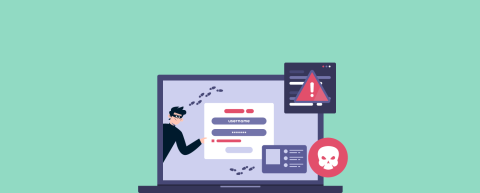15 Web Application Security Best Practices
Every day that an application is anything less than ‘fully secure’ is a day for a potential data breach. Consumer data, sensitive business information, monetary transactions, and business reputation; everything is at stake. Investing in effective web application security is the best and only way to mitigate the risk of financial losses and reputational damage for businesses. This blog presents a comprehensive blueprint for implementing best practices in application security.











